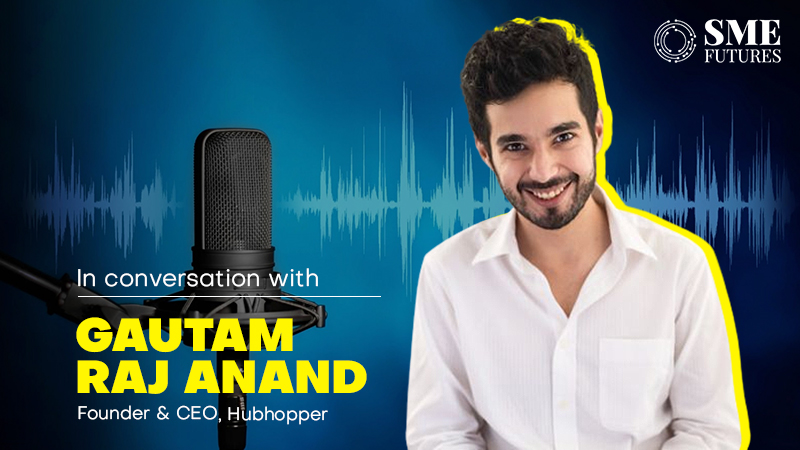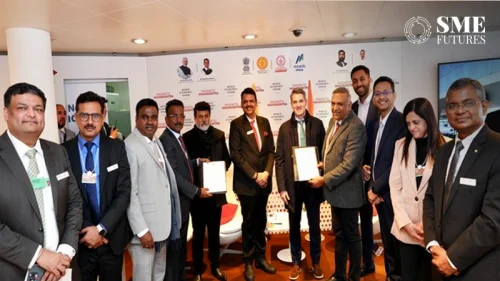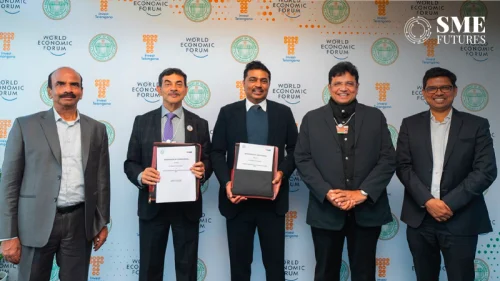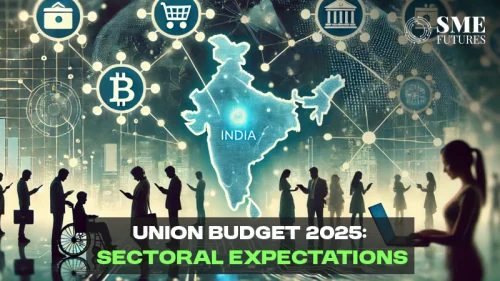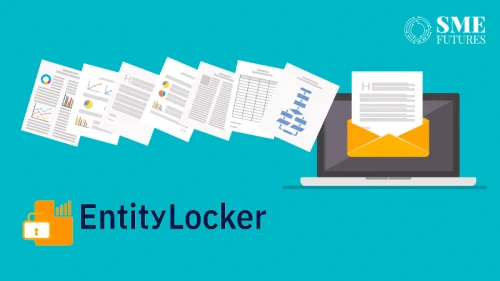A podcast is a distributed digital audio file that can be ‘Played on Demand’. For someone who loves to talk or listen to meaningful conversations, podcast platforms are a haven.
Podcasts in India began around 2005 when Apple updated iTunes to allow podcasts, and the Indian podcasting industry has grown significantly since then.
According to the research done by PWC Media and Entertainment Outlook 2020, India has surpassed China and the United States as the third-largest market for podcast listening, with more than 57.6 million listeners. According to a media report, the country will have 95 million monthly active podcast consumers this year, a 34 per cent increase from the previous year.
Not just that, there are over 30 podcast hosting channels or platforms in India, which are making a stable Indian podcasting market and one of them is the Delhi based Hubhopper. Speaking to SME Futures, Gautam Raj Anand, Founder of Hubhopper, talks about how the Indian podcast market is growing and how businesses can make use of podcast for their benefit.
Edited excerpts:
What is the current scenario in the Indian podcasting industry?
In India, the podcast industry is still in its nascent stages, but it has shown significant growth in recent years. The increasing penetration of the internet and smartphones has made it easier for Indian consumers to access podcasts. The COVID-19 pandemic has also accelerated the growth of the Indian podcast industry as more people started staying at home and seeking out new forms of entertainment and information.
Also Read: Indian tech industry to add 290K jobs in FY23, Nasscom reports
However, even after all this growth, podcasts still haven’t had their breakout moment in India due to several reasons. One reason is the hurdle-intensive process of podcast creation, which Hubhopper aims to democratize. The growth of Indian podcast platforms like Hubhopper is making it easier for creators to get discovered and monetize their content.
What is the revenue model of the podcasting business?
Podcasting has three main revenue models:
- SaaS: It can be provided as a SaaS platform that serves both B2C and B2B customers, offering end-to-end solutions, including hosting, creation, distribution, analytics, and marketing.
- Advertisements: There can be two types of advertisements. The first are programmatic ads, which are dynamically stitched based on the target audience of the brand in the partnership. The second are host-read ads, where the host mentions the brand while recording the episode, adding a personal touch to the content.
- Content Production: A few podcast platforms produce content for brands, including original podcasts for demand-side platforms with some of the biggest names in the industry.
How is Hubhopper beneficial for Indian B2B or SMEs?
Hubhopper offers a comprehensive audio vertical solution for B2B and SMEs that focus on content. Whether it’s creating new content or converting the existing material, Hubhopper takes care of the entire process, from content creation to hosting, distribution, management, analytics, marketing, and monetization.
Elaborate on the evolution and transformation of digital audio technology into new age podcasts.
When we talk about digital audio technology, we are talking about voice synthesis, where somebody records one chapter of a book, and the rest of the book automatically gets processed utilising the sample of that voice. The second one is using AI-based voice assistance/tech.
I believe that this space is going to grow exceptionally fast in the next 3-4 years, given the rise in audio consumption and audio creation.
On the other hand, while a lot of the fundamentals of the technology are strong, I believe that there are certain drawbacks to it as well. So, even with things like transcription or using voice synthesis or AI-based technology to record or create podcasts, there’s an error rate that’s quite high. So, post the processing of the audio, there’s still quite a lot of work that needs to be done in terms of editing. That’s problem statement number one.
Also Read: Humble millet is getting a shot in the arm
Problem statement number two lies in the regional languages. Right now, we are looking at this space doing incredibly well, but only with a few languages thus far. That, I believe will of course grow in time. The third problem statement is the fact that the listener on the other side can still tell the difference between a podcast that’s been generated using voice/audio technology and a podcast that’s been recorded by a person.
In today’s modern world, when everything is about visual content, how do you think podcasting has still managed to survive and make a place for itself?
The podcast has been able to thrive and make its own place in the world of visual content by offering unique benefits that other forms of content do not. Here are a few reasons why podcast has been able to survive and flourish:
- Convenience: Podcasts can be listened to on the go, whether that’s while commuting, exercising, or doing household chores.
- Deep dive content: Podcasts often dive deep into a particular subject, offering in-depth discussions, interviews, and storytelling.
- Personal connection: Podcasts often have a more personal and conversational tone than other forms of content.
- Niche appeal: Podcasts cover a wide range of topics, from true crime to technology to politics. This diversity of content means that there is something for everyone.
- Increased accessibility: The rise of smart speakers and voice-activated devices has made it easier than ever to access and listen to podcasts.
- Ease of creation: Creating a podcast is relatively easy and accessible, with technology tools that are affordable and widely available.
- Hosting platforms: Podcast hosting platforms such as Hubhopper, make it easy to create, publish, distribute, and promote your podcast.

